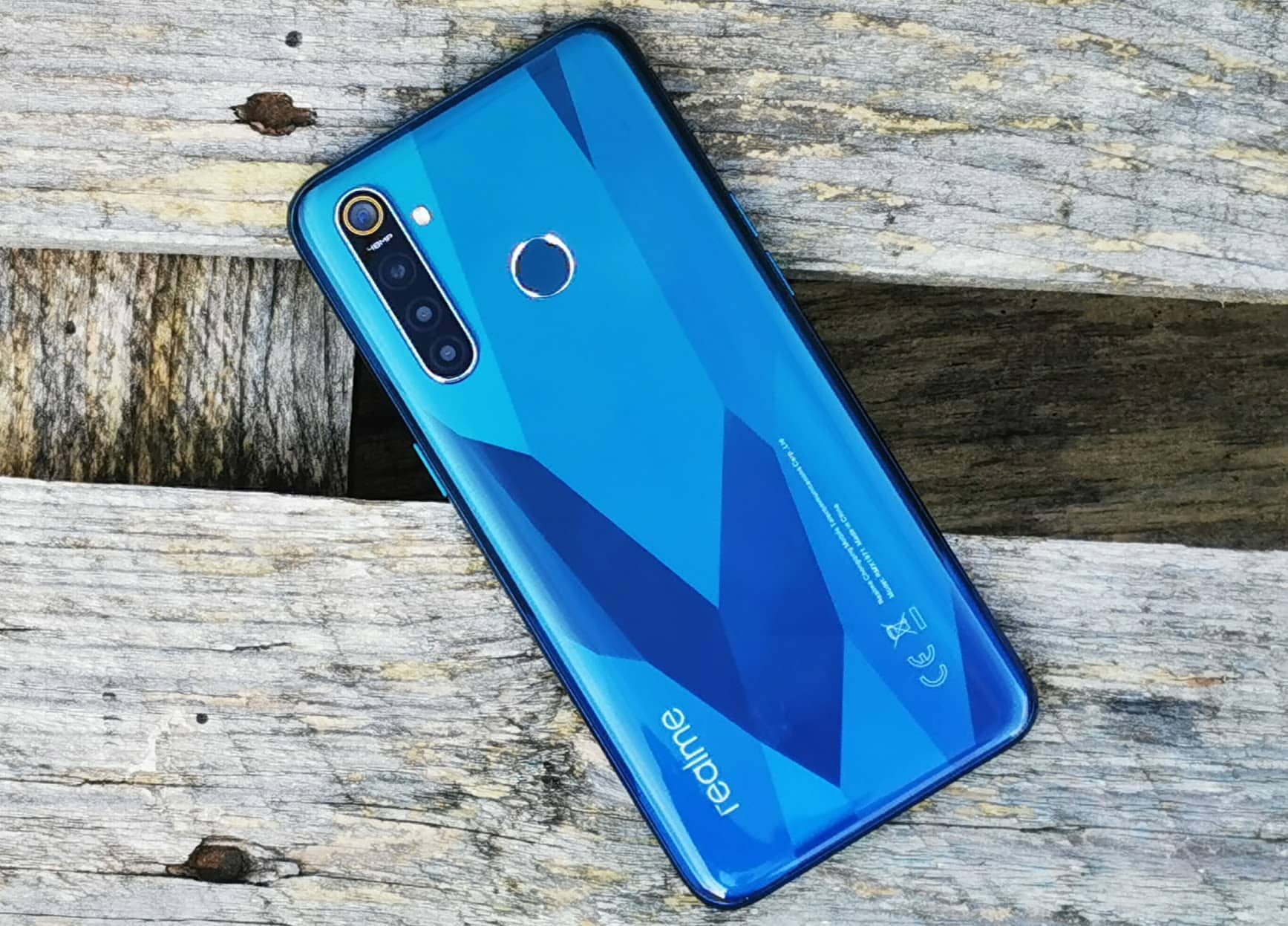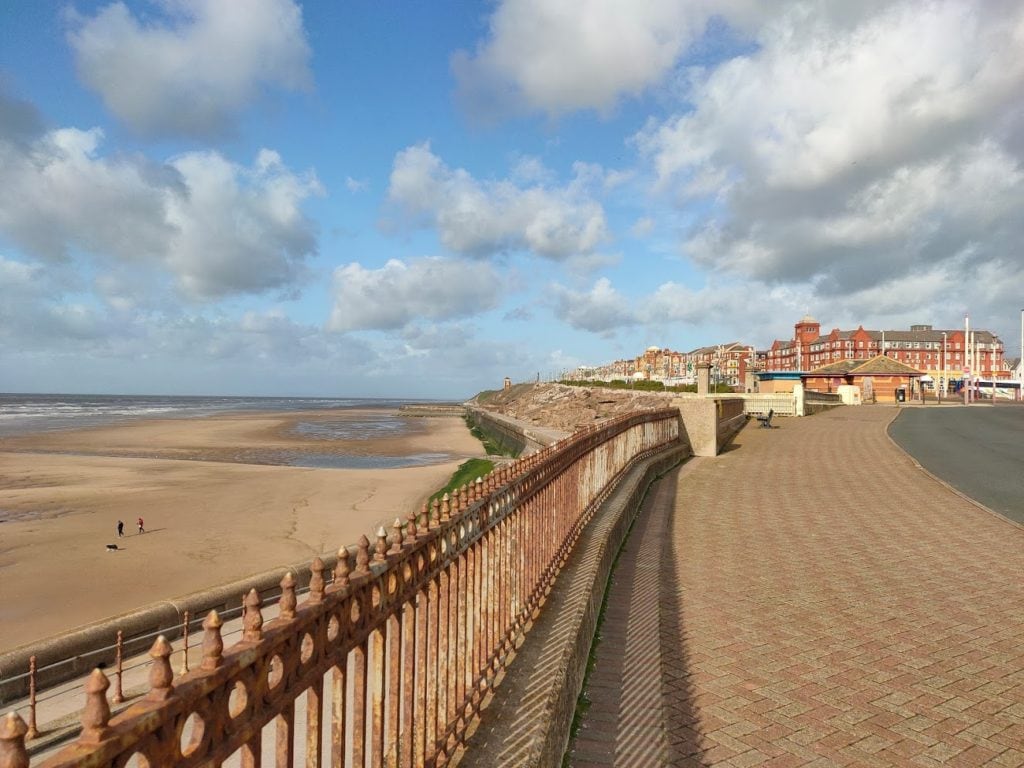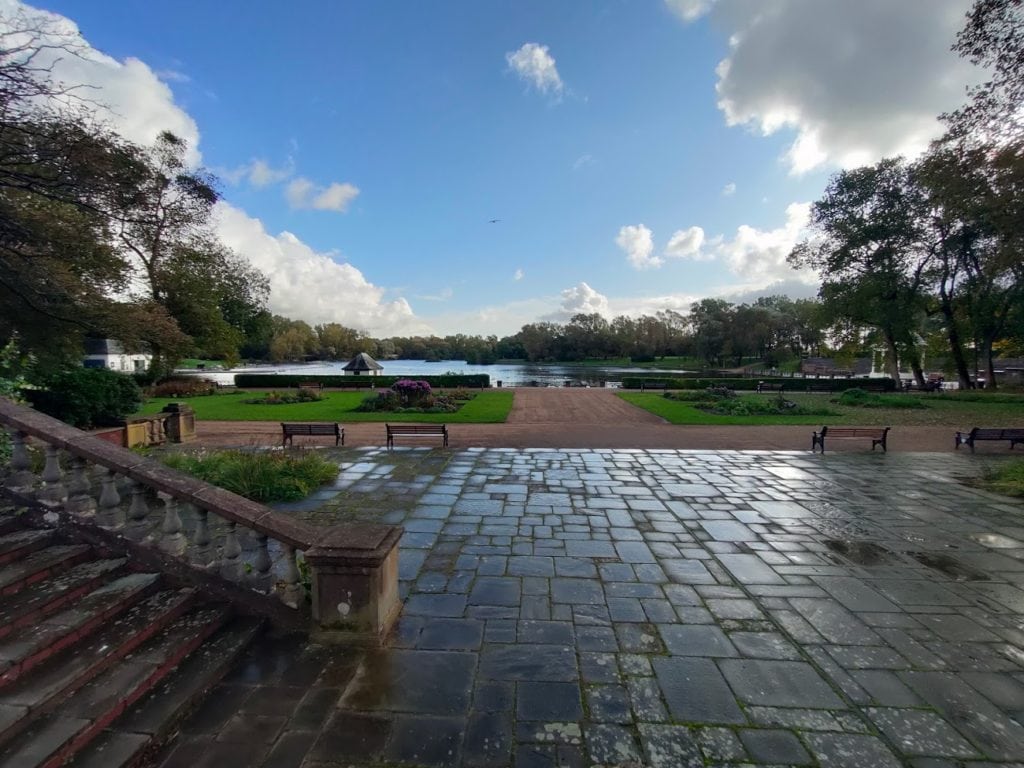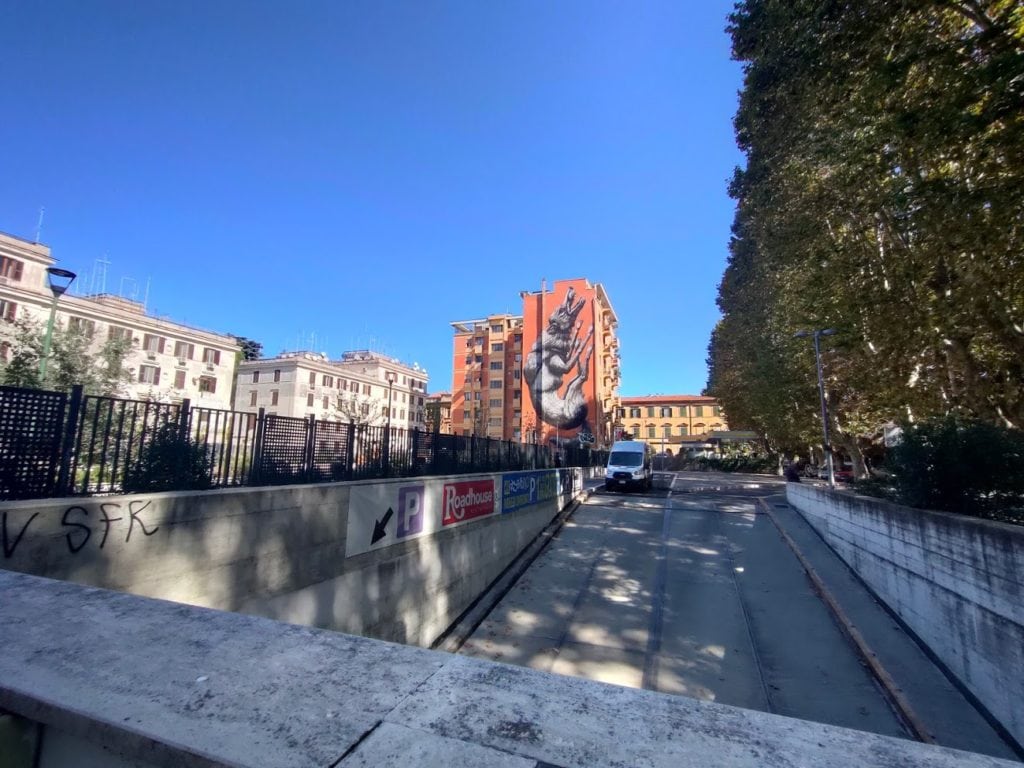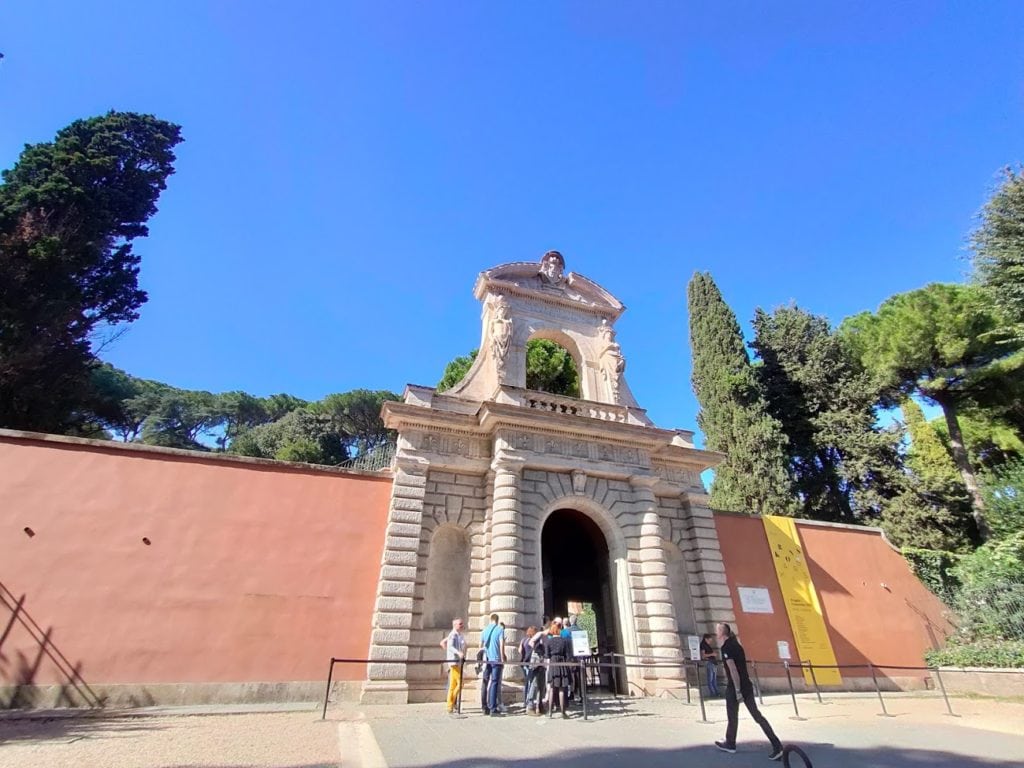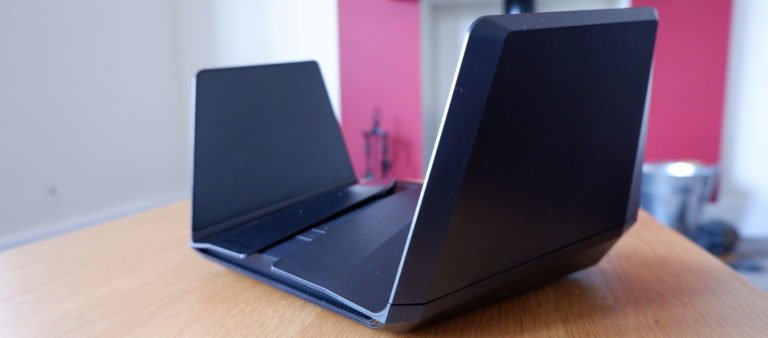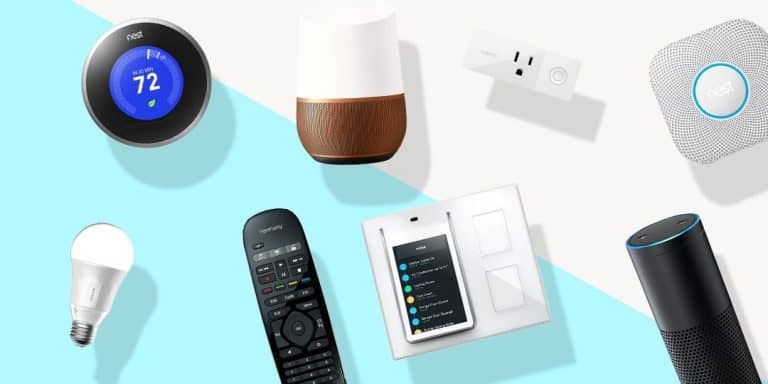Any links to online stores should be assumed to be affiliates. The company or PR agency provides all or most review samples. They have no control over my content, and I provide my honest opinion.
The Realme 5 Pro was launched last month in its native markets but finally launched last week alongside the Realme X2 Pro and X2 as part of their official EU launch. In terms of value for money, the Realme 5 Pro looks like one of the best phones on the market in the budget range offering a massive spec for less than £200.
Specification
- Chipset: Qualcomm Snapdragon 712
- Display: 6.3 inches 1080 x 2340 pixels
- Rear Camera: 48MP / 8MP ultrawide / 2MP macro / 2MP depth sensor
- Front Camera: 16MP
- RAM: 4GB/6GB/8GB (my sample is 8GB)
- Storage: 64GB/128GB upgradable via microSD
- Battery: 4035 mAh battery with 20 VOOC 3.0 charging. No wireless charging
- Other: No NFC but with a 3.5mm headphone jack
The Realme 5 Pro is almost unparalleled in its specification at this price point and will surely help the brand continue its exponential growth in the mobile market. The Qualcomm Snapdragon 712 has now been superseded by the Snapdragon 730 which is found on the X2, but it is still a superb chipset that offers more than enough performance for most people. The base model comes with 4GB of RAM and an impressive 128GB of storage which you can then upgrade further via microSD. That amount of storage will incur additional fees compared to some flagship devices released recently. The one caveat to this device is the lack of NFC. This has become my primary payment method, and I rarely carry a card nowadays, it is forgivable for a phone at this price, but it is also something that would put me off buying it personally.
Design & Build
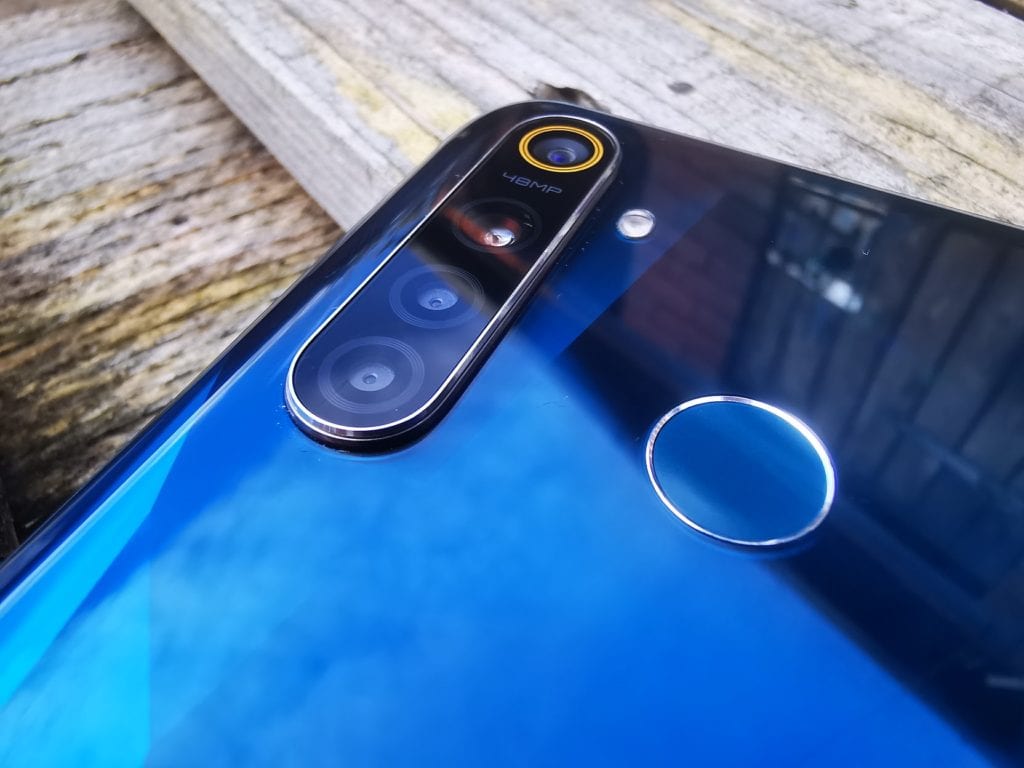
The phone looks good, glancing at it and you would be given the impression this is a premium phone. The rear of the phone has a crystal design which is arguably more attractive than its more expensive brother the X2. Picking up the phone and you will notice how light it is, thanks to its plastic frame and rear, the first indication this is not a premium phone. The quad-camera is located on the upper left of the phone and has a significant camera bump, this makes the phone lie awkwardly when you put it down on the table. Putting the included case on it reduces this issue. This phone does not have an in-display fingerprint scanner and uses one located on the rear of the device. On the base of the phone, you will find a 3.5mm headphone jack, something that is sadly missing on many phones nowadays.
Display
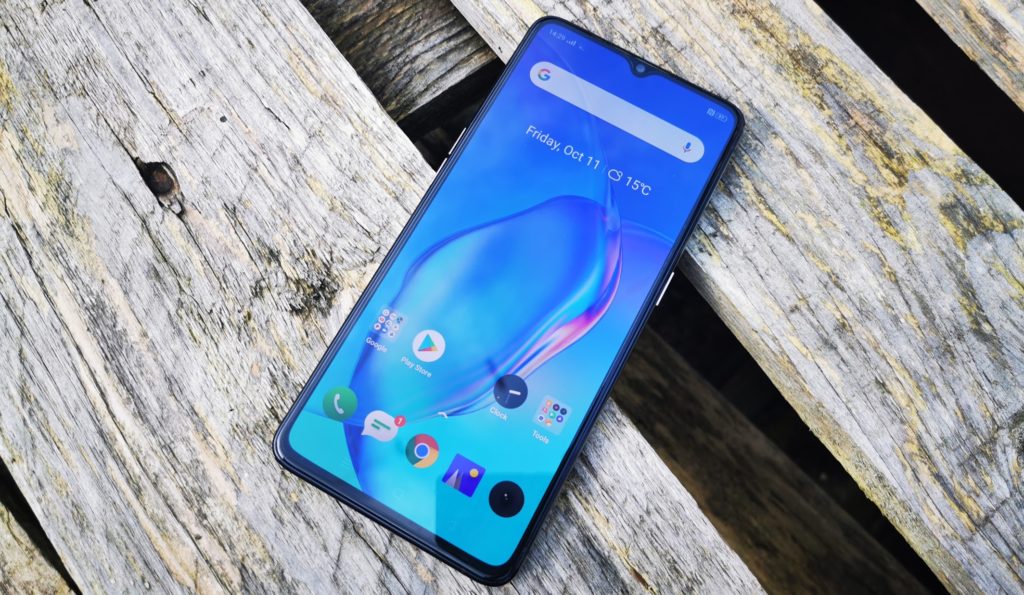
The IPS panel is 6.3-inches and has a resolution of 1080 x 2340 pixels with a small dewdrop notch hiding its selfie camera. The screen comes with a basic screen protector applied to it, and this quickly gets tatty and scratched, but it is better than none. The screen itself is Gorilla Glass 3+ which will give you a moderate amount of protection. Indoors it feels like the display can go very bright, but during my time in Rome, both this and the X2 suffered greatly in the sun compared to the AMOLED equipped X2 Pro and Huawei P30 Pro. Comparing it to other affordable phones, it performs well, and colour accuracy appear to be good.
Camera
The Realme 5 Pro has a 48MP f/1.7 primary camera, an 8MP ultra-wide lens, a 2MP macro lens and a 2MP depth sensor. There are not many phones that can compete with this at the same price point. I am not entirely sure if the 2MP macro or depth sensors are needed at this price, it perhaps would have been nicer to have a superior ultra-wide lens, but overall you can’t complain. With good light, the primary camera can produce some superb shots, and it performs almost identically to the more expensive X2. I am a big fan of ultrawide photography and something the vastly more expensive Pixel 4 lacks, and iPhone has only just received. The lens has a 119-degree field of view with a f/2.2 aperture and there is automatic distortion correction applied when necessary. The primary camera has EIS (Electronic Image stabilisation) for which should help eliminate motion blur. The photo app itself is quite basic with three main modes Photo, Portrait and Video – and you can swipe between those. The Chroma Boost toggle is on the opposite end of the viewfinder, accompanied by the ultrawide switch, HDR and flash settings. You can then go further into the settings to select 48MP Ultra Picture, Nightscape, Ultra macro, Expert (manual settings), Pano, Time-lapse, and Slow-mo.
Macro

The third macro lens has a fixed focus distance of 4cm. While macro shots can produce some of the most impressive and artistic of photos it is restricted in its usefulness.
Zoom
There is no telephoto lens on this phone which is to be expected at this price and the two pre-set zoom options of 2x and 5x use digital, you can then manually go all the way up to 10x but as you would expect the quality deteriorates the bigger the zoom.
Low Light and Nightscape

I had mixed results with low light performance and nightscape, they are quite prone to blurriness thanks to shutter lag, if you can keep the camera stable and there is not too much movement around you, it can produce some excellent shots.
Sample Photos
Video
Image stabilisation works for 1080P but does not for higher resolution video from what I can tell. The phone is capable of 4K video recording at 30fps and also 1080p HD video recording at 30fps/60fps.
Performance and Benchmarks
As usual, benchmarks don’t provide an indication of real-world performance, but it is always interesting to see how it compares to other devices. As you would expect this comes at the bottom of the list compared to the devices I have on hand. Perhaps more interesting is the difference between this and the Google Pixel 3a which uses the Snapdragon 670, which is a newer chipset but one step down from the 700 series, and the phone costs about £400. The Pixel 3a is reported as having a score of 158081 vs the 215655. In Geekbench the result was 347/1326 vs 321/1481.
Antutu
- Realme X2 Pro – 391274
- Blackshark 2 – 367354
- Huawei P30 Pro -311912
- Realme X2 – 215655
- Realme 5 Pro –177312
Geekbench
- Realme X2 Pro – 622 Single Core – 2660 Multi-core
- Huawei P30 Pro – 670 Single Core – 2370 Multi-core
- Blackshark 2 – 670 Single Core – 2370 Multi-core
- Realme X2 – 546 Single Core – 1655 Multi-core
- Realme 5 Pro – 321 Single Core – 1481 Multi-core
In terms of real-world performance, I never experience any issue whatsoever, and the Qualcomm 700 series chipsets are a sweet spot in terms of cost and performance. My model came with 8GB of RAM, but I am not sure you would notice much difference if you went with the 4GB model. The phone is also more than capable of playing premium gamers Asphalt 8, Evoland 2 and Grand Theft Auto III all played without issue.
Battery
The combination of the lower-powered Snapdragon 712 chipset and 4035mAh battery mean you can comfortably get a full days’ worth of use out of this phone. In general, I would get roughly 7 hours screen on time with this, and light usage can last well into the second day. The VOOC 3.0 Flash Charge is rated at 20W, it doesn’t have the jaw-dropping performance that the 50w X2 Pro can do, but it will still charge your phone faster than many other devices on the market that are using 15W or less. This will charge your phone from flat to 50% in around 30 mins, and unlike other budget phones, this uses USB-C.
Software
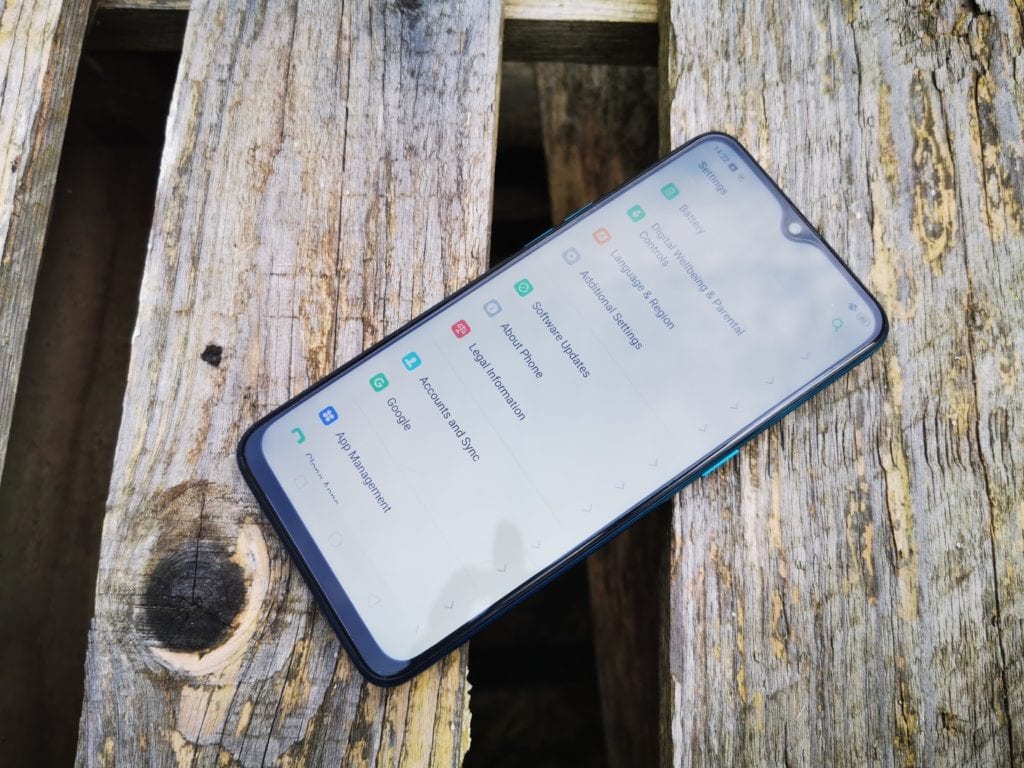
With this using the same ColorOS as the X2 Pro I have previously reviewed and the up and coming X2 review, the overall user experience is the same. I have grown to like it, ColorOS seems to be extremely responsive and has all the features I would like without adding too much bloatware. Unlike the X2 Pro, this does not appear to have a dark mode available yet. It is currently expected that the Realme 5 Pro will be upgraded to ColorOS 7 using Android 10 in the first quarter of 2020. It is claimed that Realme will tweak ColorOS 7 offering nearly Stock Android user interface which could be a huge advantage for the device.
It is also worth noting that Realme has released the kernel source codes for the recently launched Realme XT, Realme 5 and Realme 5 Pro as well as making bootloader unlocking easily. This makes them one of the few companies that allow its customers to modify their phones.
Price and Competition
There are not a lot of phone with the Snapdragon 712, and even fewer available in the UK market. The closest competitor would be the Xiaomi Mi 9 SE priced at £269.99 it has a smaller screen, more RAM for the base model, NFC, a similar camera specification but a smaller battery. The most significant difference would be the price, which would be around £100 more expensive. Huawei/Honor has several models worth looking at all based on the Kirin 710 chipset. The Huawei P20 lite (2019) has a similar spec but perhaps falls short with the camera as the primary lens is just 16MP, it does, however, have NFC. In general, if you can live without the NFC, there isn’t all that much competition in terms of pricing/spec.
Conclusions
For the price, this is an amazing phone offering tremendous value for money, if it weren’t for the lack of NFC, I could probably use this as my daily device. Due to the limited amount of competition at this price point with anywhere near this spec, it is hard or unfair to criticize much about it. No NFC is obviously something that irks me, and the camera could be a bit better, I found it suffers quite frequently from blurry shots when moving objects or shaky hands are involved. Screen brightness isn’t amazing, especially in the sun. These gripes are mainly in comparison to phones four times its price, so not exactly a fair. In the past, spending £200 on a phone would get you something shocking, with a terrible screen, laggy performance, and an awful camera. So it is astonishing that you can get some much for so little nowadays. And for some perspective, is the iPhone 11 five times as good as this? I doubt it.
Realme 5 Pro Review Score
Summary
Exceptional value for money offering unbeatable specs at this price point makes this one of, if not the, best budget phone on the market right now
Overall
90%-
Overall - 90%90%
I am James, a UK-based tech enthusiast and the Editor and Owner of Mighty Gadget, which I’ve proudly run since 2007. Passionate about all things technology, my expertise spans from computers and networking to mobile, wearables, and smart home devices.
As a fitness fanatic who loves running and cycling, I also have a keen interest in fitness-related technology, and I take every opportunity to cover this niche on my blog. My diverse interests allow me to bring a unique perspective to tech blogging, merging lifestyle, fitness, and the latest tech trends.
In my academic pursuits, I earned a BSc in Information Systems Design from UCLAN, before advancing my learning with a Master’s Degree in Computing. This advanced study also included Cisco CCNA accreditation, further demonstrating my commitment to understanding and staying ahead of the technology curve.
I’m proud to share that Vuelio has consistently ranked Mighty Gadget as one of the top technology blogs in the UK. With my dedication to technology and drive to share my insights, I aim to continue providing my readers with engaging and informative content.

